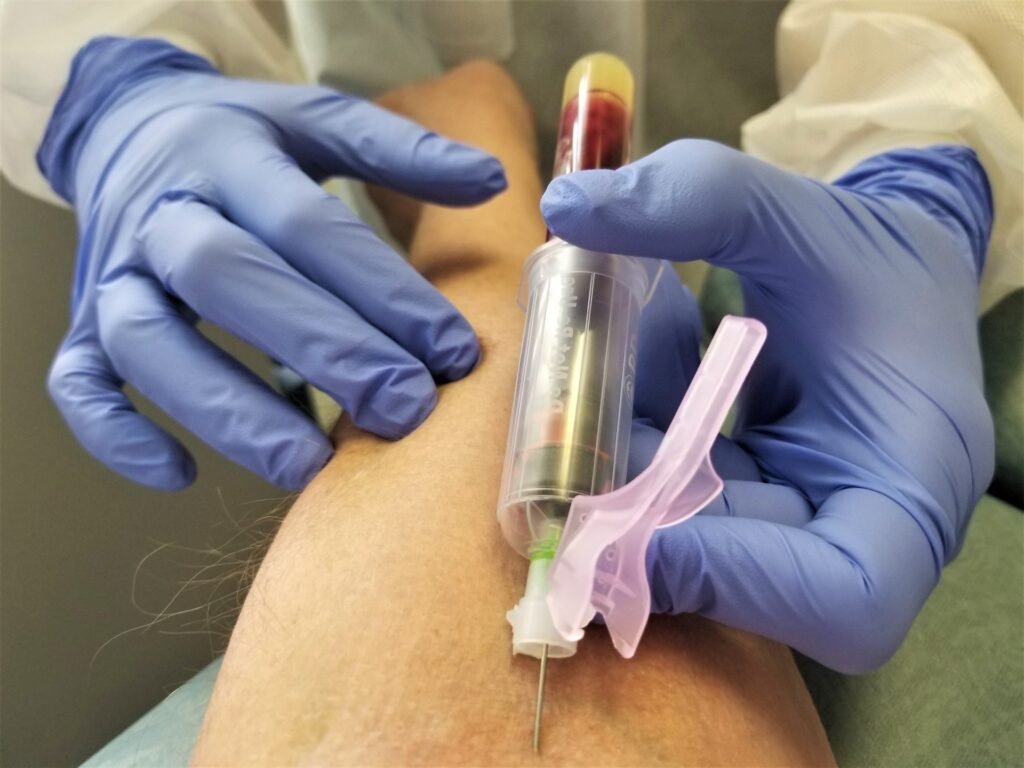Phlebotomy refers to the process of taking a patient’s blood for laboratory testing. It can be performed in both outpatient and inpatient settings, but this article will focus on phlebotomy best practices in hospitals. Read on to find out what it takes to ensure patient safety and sample pureness.

An Appropriate Location
Blood sampling should always be performed in a clean and private environment. In hospitals, that usually means sending phlebotomists to patients’ bedsides. Make sure to close the bed curtain for privacy and bring a fully stocked Phlebotomy Cart to avoid delays.
Organized Equipment
The primary advantage of using dedicated phlebotomy carts is that it offers a convenient way to keep equipment organized. Make sure to set out all necessary equipment on the trolley so that it is safe and clearly visible. Each blood draw will require:
• Laboratory sample tubes stored upright in a rack
• Well-fitting gloves
• Appropriate blood-sampling devices
• Disposable tourniquets
• Alcohol hand rubs
• Disinfectant swabs
• Gauze
• Specimen labels
• Lab forms and writing implements
• Leak-proof transportation containers
• A puncture-resistant sharps container
Keep these supplies within easy reach of the phlebotomist but make sure they are far enough away from the patient to avoid accidents.
A Way to Prepare the Patient Effectively
Many adults and children, alike, get nervous about having their blood drawn. Having a procedure in place for preparing patients can make the process easier for everyone involved.
When approaching a patient’s bed, start with an introduction and ask for the patient’s identifying information for comparison with the lab forms. Make a point of asking about allergies, phobias, and fainting. If the patient expresses anxiety, find out if there’s any way to increase his or her comfort.
Once the patient knows what to expect, have the person adopt a comfortable supine position. Place a clean towel or paper under the arm before the blood draw and make a point of getting verbal consent for all of the tests that will be performed.
An Appropriate Blood Draw Site
Phlebotomists generally should not take blood from hospital patients’ existing IV lines or other peripheral venous access sites, although there are some exceptions. Instead, they should draw specimens from a new site. Make sure the area is fully cleaned and disinfected prior to taking blood.
It’s important to draw samples in the right order to avoid cross-contamination between tubes. Color coding varies by hospital, but every phlebotomist should become familiar with the system in use before drawing blood. After each tube is filled, place it upright into the tube rack.
Proper Preparation of Samples for Transport to the Lab
Laboratory samples must be packed safely in leak-proof bags. These bags typically feature outside compartments for laboratory request forms, which should never be placed with the samples. If multiple tubes must be transported, use a rack or a padded holder.
It’s Important to Be Prepared
Phlebotomists can ensure that everything goes smoothly during blood draws through adequate preparation. Make sure carts are well-stocked, patients are prepared, and the samples can be transported safely to the lab.


